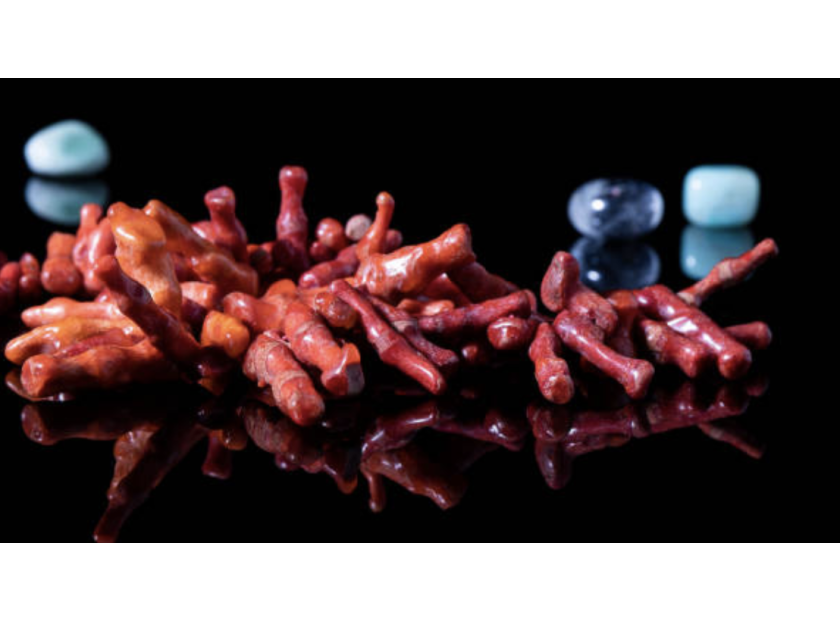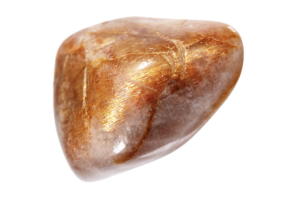USD
/
USD
/
Shipping to:
Currency:
How to Identify Genuine Coral: Spot Real Coral from Imitations Easily
Coral jewelry has captivated admirers for centuries with its vibrant hues and organic charm.
However, with the market awash with imitations, distinguishing genuine coral from fakes is more crucial than ever.
Whether you're a collector, jeweler, or simply someone enchanted by coral's beauty, understanding how to identify authentic pieces is essential.
Let's delve into the world of coral and uncover the secrets to spotting the real deal.
Understanding Genuine Coral
Genuine coral is the skeletal remains of marine polyps, tiny sea creatures that form colonies in warm ocean waters.
Over time, their accumulated skeletons create the coral structures we admire.
The most sought-after varieties in jewelry include:
- Precious Red Coral (Corallium rubrum): Renowned for its deep red to pink hues, this coral is primarily found in the Mediterranean Sea and has been a jewelry staple for centuries.
- Bamboo Coral: Typically white or pale in its natural state, bamboo coral is often dyed to achieve vibrant colors, making it a popular choice in various jewelry pieces.
- Black Coral (Antipatharia): Valued for its dark, rich tones, black coral is rarer and often used in unique, high-end jewelry designs.
If you're interested in unique gemstone pieces with organic flair, you might want to check out gemstone engagement rings.
The Proliferation of Imitation Coral
The allure of coral has led to a surge in imitations.
Factors contributing to this include:
- High Demand: Coral's timeless appeal in fashion and jewelry drives a robust market.
- Environmental Concerns: Overharvesting has led to coral being protected in many regions, limiting supply.
- Economic Factors: Genuine coral can be expensive, prompting the production of cost-effective alternatives.
Common substitutes include dyed stones like howlite, plastics, resins, and glass, all crafted to mimic coral's distinctive appearance.
For more insight on the distinctions between natural and lab-created stones, check out lab-grown diamonds vs gemstones.
Techniques to Identify Authentic Coral
Determining the authenticity of coral involves a combination of observation and simple tests.
Visual Examination
- Color Variations: Natural coral often displays subtle color inconsistencies, whereas imitations may appear overly uniform.
- Surface Characteristics: Look for natural imperfections such as tiny pits or striations. A flawlessly smooth surface might indicate a synthetic substitute.
Tactile Assessment
- Temperature Feel: Genuine coral feels cool to the touch, similar to natural stone, and warms slowly in your hand.
- Weight Consideration: Authentic coral is relatively lightweight. If a piece feels unusually heavy, it might be glass; if too light, it could be plastic.
Simple Home Tests
- Vinegar Reaction: Applying a drop of vinegar can help; genuine coral, composed of calcium carbonate, will effervesce slightly upon contact.
- Magnification Inspection: Using a jeweler's loupe, observe the surface for natural grain patterns indicative of real coral.
- Acetone Test: Gently rubbing a small area with acetone (nail polish remover) can reveal dye; color transfer to the cloth suggests artificial coloring.
Cautionary Note: While some suggest the "heat test" (applying a hot needle to see if the material melts or chars), this can damage the piece and is not recommended for valuable items.
To learn more about where natural gemstones come from, check out how and where gemstones and diamonds are formed.
Seeking Professional Verification
When in doubt, consulting a professional gemologist is advisable.
Experts can employ advanced techniques such as spectroscopy or X-ray fluorescence to definitively determine authenticity.
Additionally, reputable jewelers often provide certifications or detailed provenance for their coral pieces, offering peace of mind to buyers.
Ethical Considerations in Coral Purchasing
The beauty of coral is undeniable, but it's vital to approach its acquisition responsibly.
- Sustainable Sourcing: Ensure the coral has been harvested sustainably, adhering to environmental regulations and not contributing to reef degradation.
- Legal Compliance: Familiarize yourself with international and local laws regarding coral trade to avoid inadvertently supporting illegal practices.
- Alternative Options: Consider alternatives like vintage coral, fossilized coral, or high-quality imitations that don't impact marine ecosystems.
If you're exploring more unconventional or meaningful styles, check out non-traditional engagement rings for unique ideas.
Frequently Asked Questions
Is all red coral genuine?
Not necessarily. While red is a classic coral color, many imitations are dyed to achieve this hue. It's essential to assess other authenticity indicators beyond color.
Does genuine coral change color over time?
Yes, natural coral can fade with prolonged exposure to sunlight and chemicals. Proper care helps maintain its original appearance.
Can coral be repaired if damaged?
Minor damages can sometimes be polished out by a professional. However, significant breaks are challenging to mend invisibly.
How should I care for my coral jewelry?
Avoid exposure to direct sunlight, chemicals, and extreme temperatures. Clean gently with a soft, damp cloth and store separately to prevent scratches.
Why is some coral jewelry more expensive than others?
Factors influencing price include the type of coral, color intensity, size, craftsmanship, and rarity. Precious red and black corals are typically more valuable due to their desirability and limited availability.
If you're looking to expand your collection with vibrant stones, check out gemstone rings for gifts.
Or for a more classic pairing, explore diamond wedding rings that complement coral beautifully.








